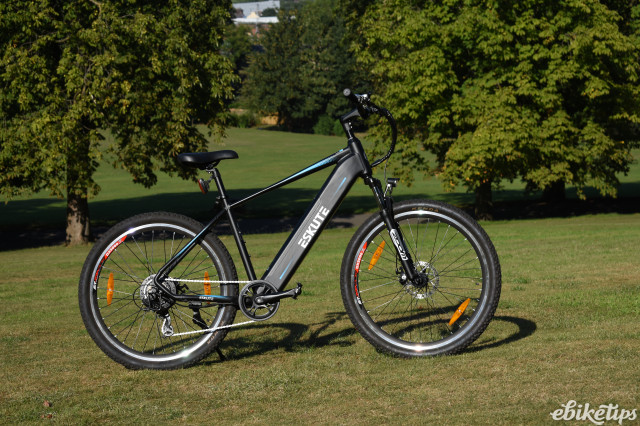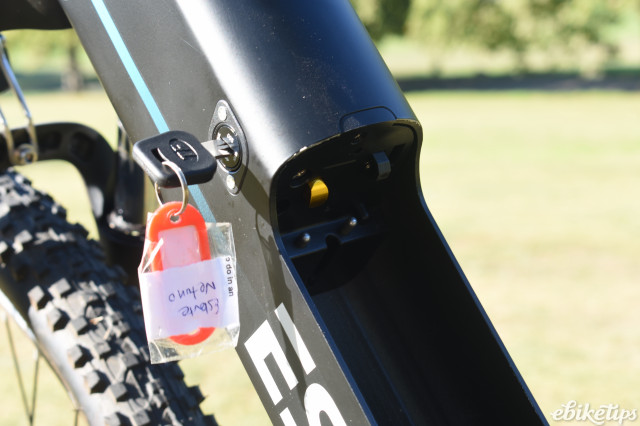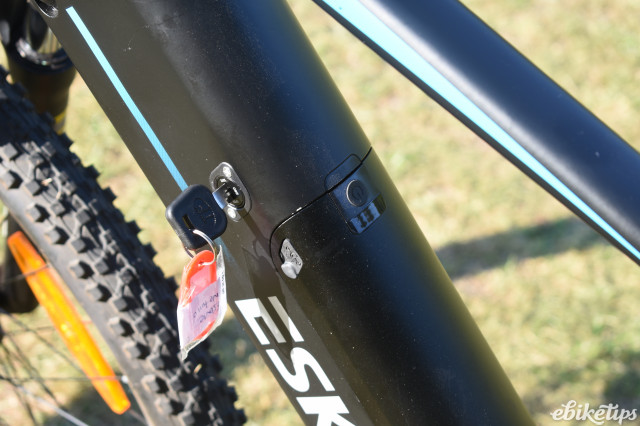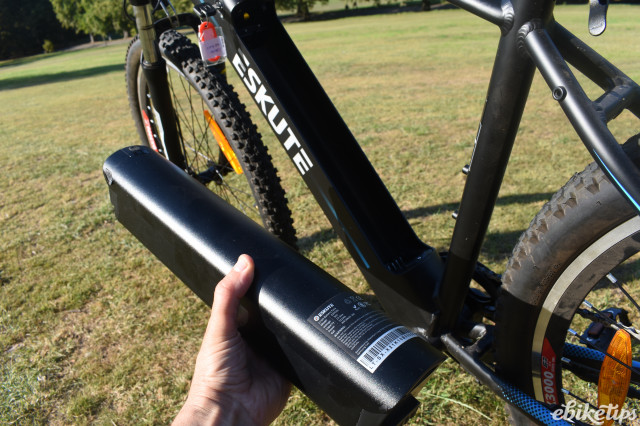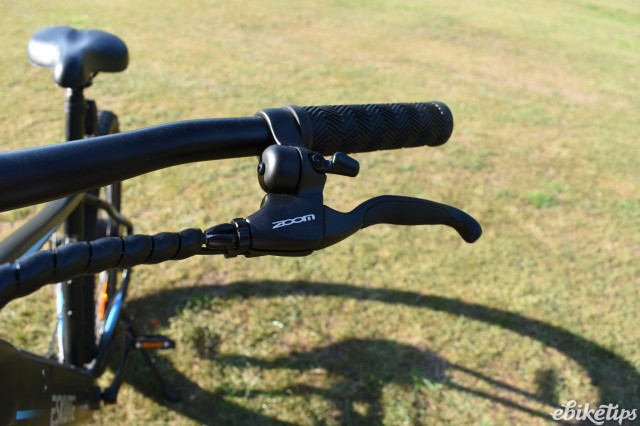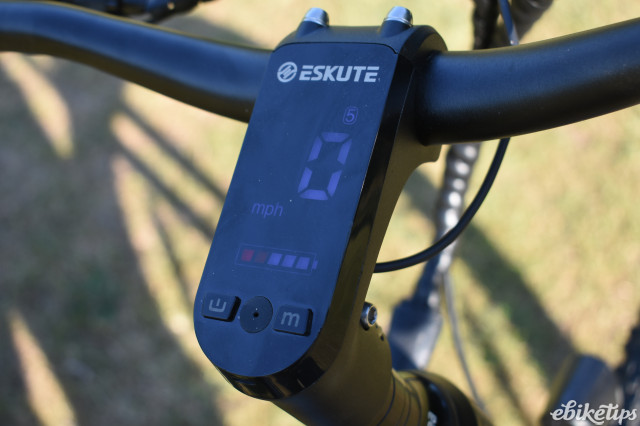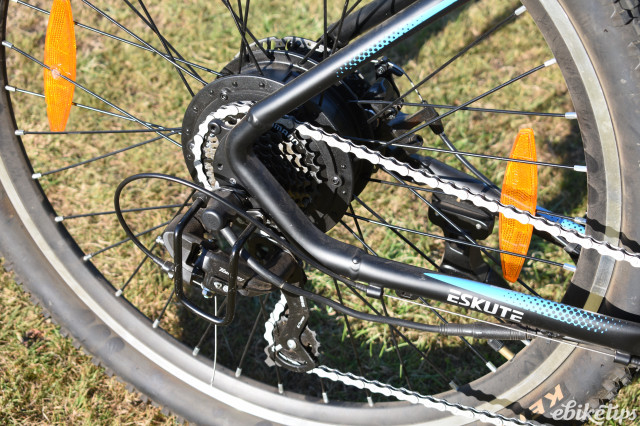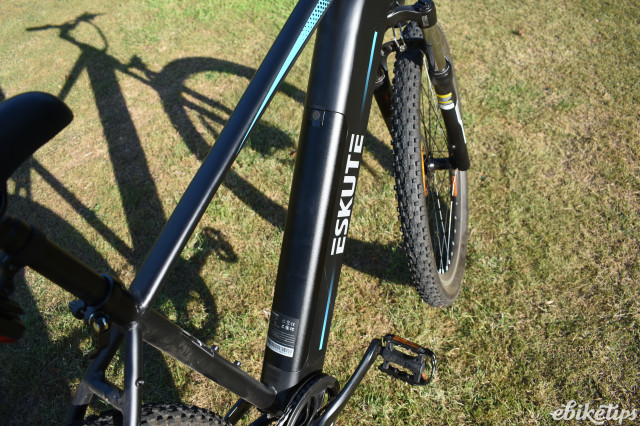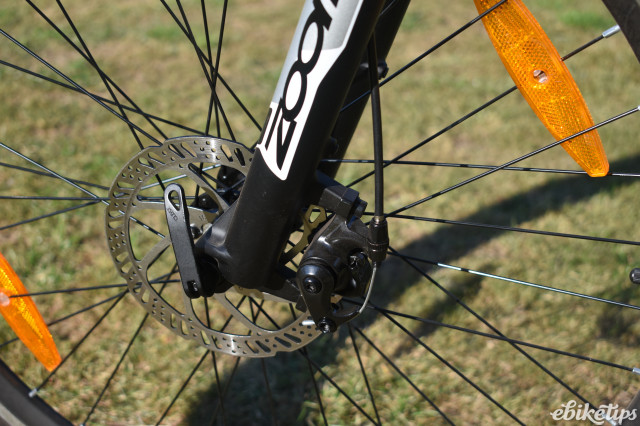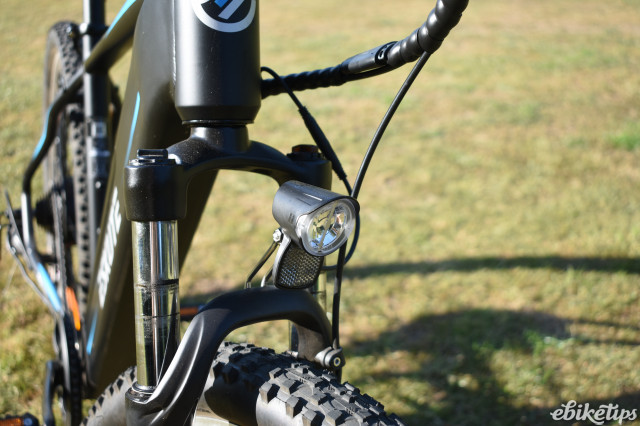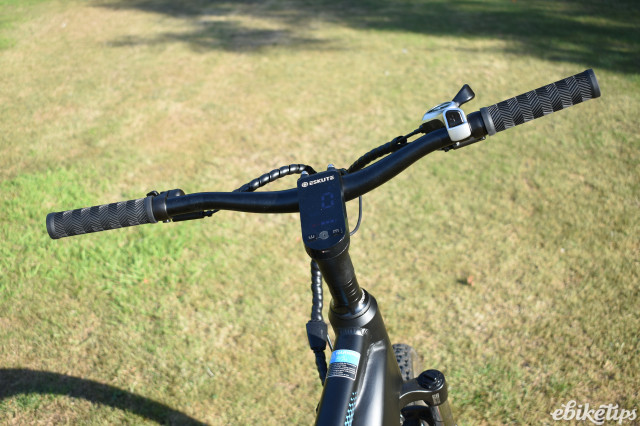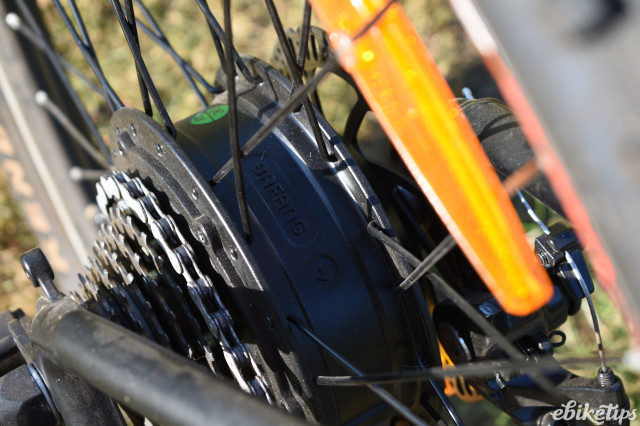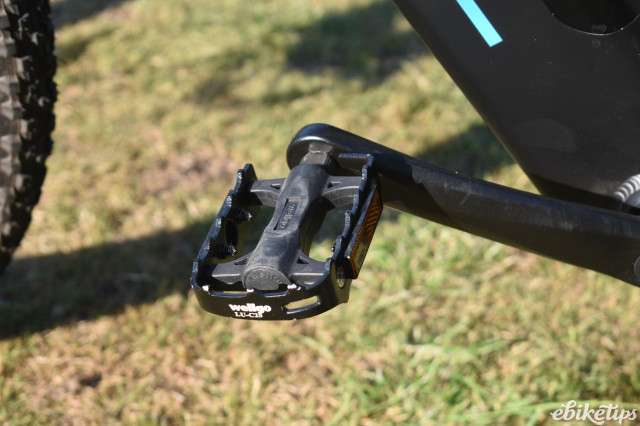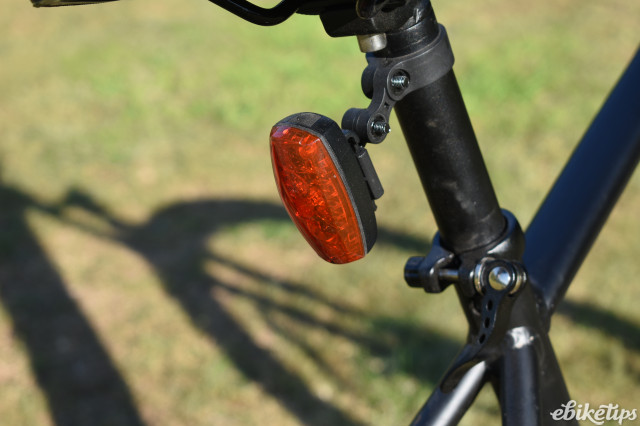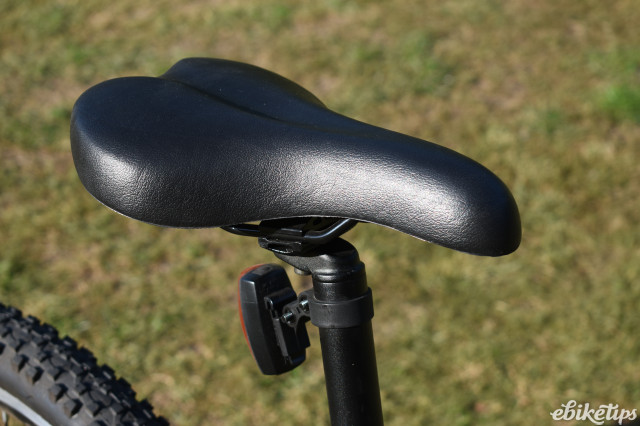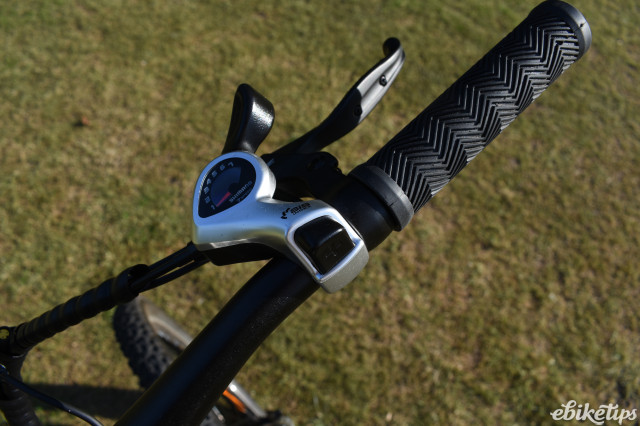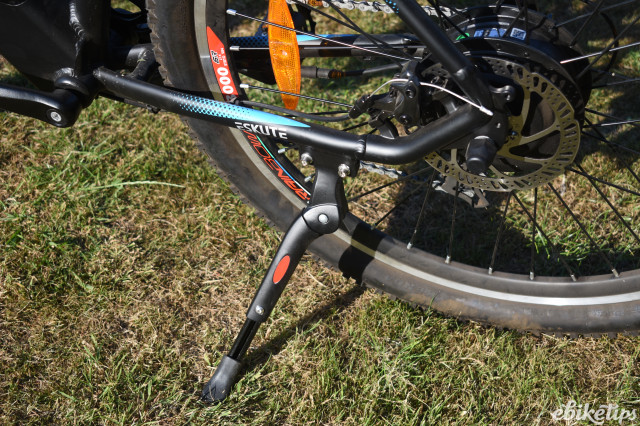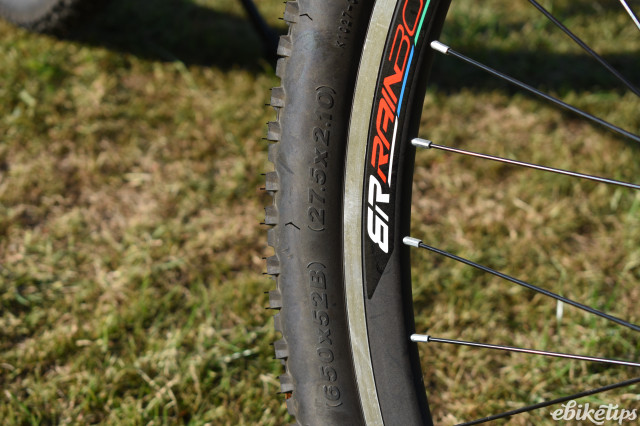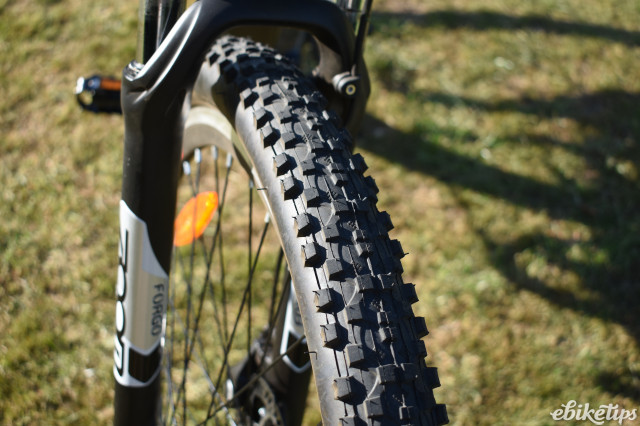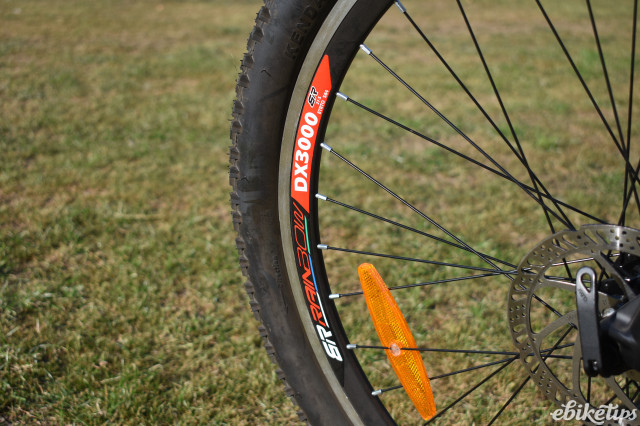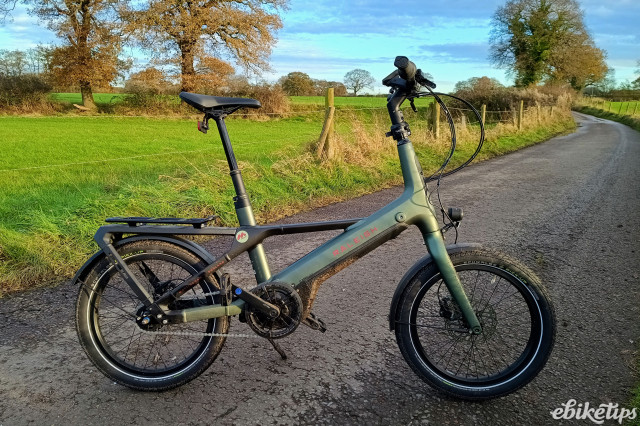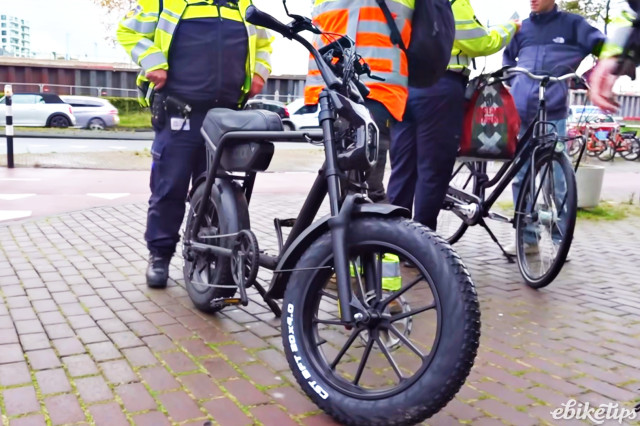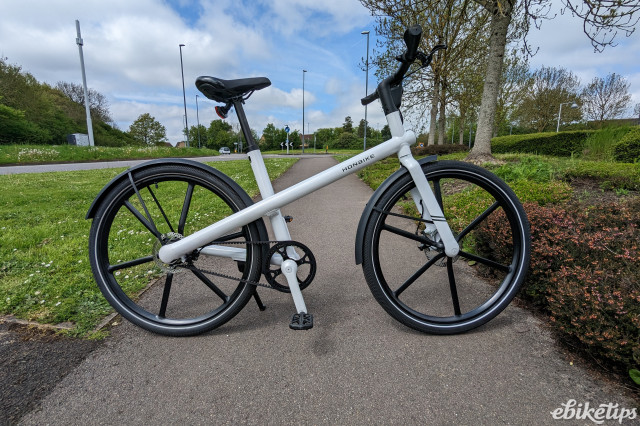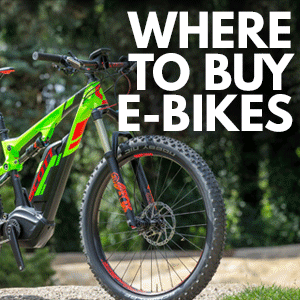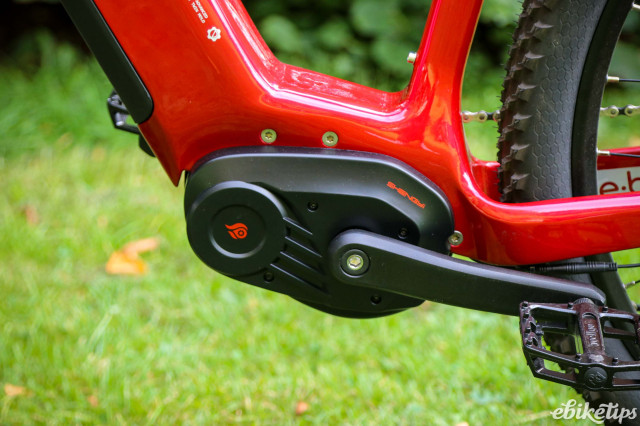Review: Eskute Netuno
Overview
- Decent value for money
- Lights and attachment points means plenty of commuting e-bike potential
- Power delivery not the most responsive to stop-start pedalling
- Stretched out riding position means it may not be for smaller riders
The Eskute Netuno is the successor to the Eskute Voyager we took a look at back in August 2021. Overall the Voyager presented value for money at £999 so it's noteworthy, the Netuno has jumped in price to £1,299 (though discounted at the time of writing to £1,249).
There have been some modest changes to the spec, and in today's world of double-digit inflation you wouldn't expect prices to remain the same. Most notably it has an extra 42Wh or around 9% extra battery capacity. There's also a new, central display integrated into the handlebar stem complete with USB charging port for your phone. There's a 3 amp battery charger too - welcome news for those that don't like to hang about too long waiting for the battery to charge (2 amp is more common, though ultra-fast chargers can go up to 6 amps, such as with some Bosch double battery systems with huge capacities).
Otherwise it appears to use the same dependable if unspectacular Bafang rear hub motor rated at 45Nm of torque, budget forks and budget cable-operated disc brakes plus seven-speed derailleur gearing. It's a bit disappointing that Eskute have kept those same seven gears along with the relatively high ratios for what they call an e-MTB. In reality the gearing is more akin to a hybrid, as is the budget spec. Of course, all that means is that this is more an e-bike for trails than full-on off-roading down classic and highly technical off-road descents.
As long as you realise these limitations you should be happy with the manufacturing quality. Like the Voyager, there is a strongly constructed frame with a 522Wh frame-integrated battery that locks easily and securely into position. It's a one size 49cm frame which is a middling size that suited my 5ft8in frame well. Eskute say it should suit riders between 5ft5in and 6ft6in though we felt smaller riders might struggle with the long handlebar reach.
On the trail
The first thing to note is that whilst the five power levels are nicely graduated in the amount of power they deliver, there is quite a delay until the power actually kicks in once you start pedalling - no matter what power level you select. There's also a similar delay before the power tails off after you've stopped turning the cranks. Even budget power control systems are capable of delivering nice smooth power, so this aspect is a disappointing. The power levels are also related to speed, so in reality most riders will end up dialling straight up the top power level, especially as altering power levels means taking a hand off the handlebars - not many people want to ride around at 6 or 7mph all the time...
The Netuno performed well enough on our extended hill climb, posting a time just outside average, with the motor feeling as if it were doing the majority of the hard work and certainly not leaving the rider significantly out of breath. There was some motor noise when starting off but generally it settled down once underway to emit only a quiet background hum. On our ultra steep hill climb it made it all the way up at about 4-5mph on the steepest sections with the rider out of the seat and pulling moderately hard on the bars. Although slow here, at least it shows there is a decent bit of torque to the motor at low speed.
Our range test over a hilly course with plenty of broad, off-road tracks returned a range of around 39 miles (70kg rider on a very warm summer's day). That included nearly 4,000ft of climbing. So despite the apparent inefficiencies of the power delivery, that's quite an impressive result, working out at around 13Wh per mile.
The battery icon started to flash empty at around 37 miles, but there was still a small amount of power - certainly enough to give a modest amount of assistance on the flatter. tarmac 'get me home' ride.
Having criticised some of the design features, the bike actually handled pretty well on the trail, providing a reasonably comfortable off-road ride on ancient and slightly bumpy bridleways. The brake cut-out levers worked very well to regulate power - I ended up leaving the Netuno in the top power mode most of the time but just feathering the rear brake to cut the power when there was too much run-on. It felt both the safest and most economical way to ride the bike whilst getting the most power from the motor when needed.
As ever, the budget Shimano Tourney gears shifted totally dependably and pretty smoothly, whilst the cable operated Zoom disc brakes did a very good job too, with plenty of stopping power in reserve for emergencies (though note the brake levers are the opposite way round to most UK bikes, continental European style). The suspension helped to take the edge off potholes and rough trails, as did the 27.5" x 2.1" knobbly tyres, though the suspension stanchions were rather squeaky and rattly in the sliders.
The display is bright and the speed, battery gauge and power level very easy to see. It does have a couple of potential drawbacks. The long thin shape means the handlebars are extended forwards leading to a sporty riding position. That's fine if you want a sporty, slightly leant forward riding position (if you are of average size and reach) but there is no possible way you change the stem for a different one to give a different position as it's effectively part of the wiring system of the bike. There is a USB charging output at the bottom of the display, which sounds great until you realise if delivers around half the power you would expect from a USB connected mains charge. This proved just enough to stop my phone from running down rather than actively charging it (and that's before turning on bluetooth or wifi....).
The competition
Having mentioned rising prices almost across the board, it's good to see that the little-reviewed but good-value looking Calibre Kinetic (featuring 24 gears and Suntour forks) has been £999 since its introduction a couple of years ago (the trade off for the low price is a relatively small 317Wh battery)
If you can stretch you budget in the other direction considerably, Decathlon are still offering the EST 520 with Brose mid-drive that should take your off-road capabilities to whole other level. Whilst it's £450 more than the Netuno, it's about the best priced mid-drive e-MTB out there, even undercutting Eskute's own mid-driven Netuno Pro.
So, like all the Eskute e-bikes we've tried, the Netuno offers solid performance for a reasonable price (note too Eskute frequently discount the price). From a purely riding point of view, it would have been nice to see the price increase resulting in better control electronics or forks, rather than a new display with bluetooth connectivity. (We did link to the Eskute app but the only function we used it for was to change the handlebar display units from km/h to mph - the mapping function was still being developed and so unavailable). Despite the quibbles, the Netuno still offers solid value for money and if you are looking for a trail-capable e-bike that can double as a commuter it will certainly be in the mix.
